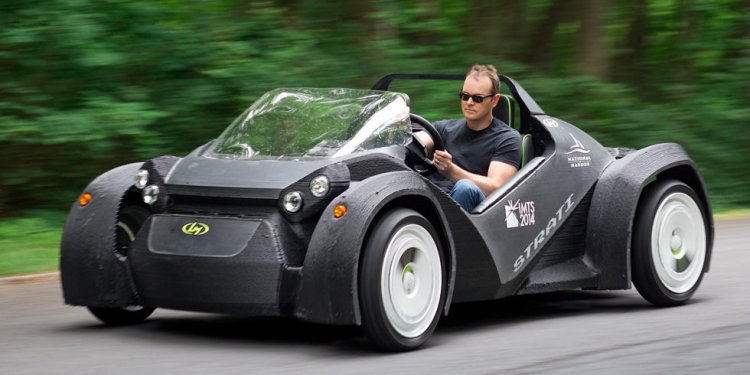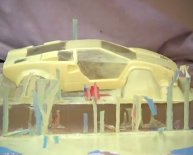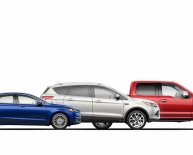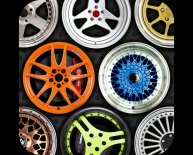
Design Your own Model car
 One of the concerns of engineers working to develop smart car technology is making cars as energy-efficient as possible. If something is energy efficient, it can use less energy to provide the same service. Efficiency is expressed in percentage and can be calculated using the following formula:
One of the concerns of engineers working to develop smart car technology is making cars as energy-efficient as possible. If something is energy efficient, it can use less energy to provide the same service. Efficiency is expressed in percentage and can be calculated using the following formula:
η = energy output (Joules) /energy input (Joules) x 100%
Engineers are working on developing mapping systems that can calculate the most energy-efficient driving routes, developing alternatives to gas engines, and help to avoid traffic congestion, all of which could help to save 420 million barrels of oil over ten years. But before smart car technology comes into play, energy efficiency can begin in a car’s basic design. A car’s aerodynamics, the resistance of its tires, its size, and its weight are all variables that can affect a car’s energy efficiency.
In this activity, you’ll design an energy-efficient model car two different ways, using everyday office materials. Then you’ll test them out to compare their energy efficiency.
Materials:
Popsicle®/craft sticks
masking tape
Life Savers® or Polo wheel-shaped mint candies
drinking straws
index cards
paper clips
other basic office supplies
gutters or a thin sheet of plywood
stop watch
Steps:
1. Sketch out a design for your first car.
2. Build your car using the materials you’ve gathered.
3. Set up a ramp for your car to race down using either a gutter or a thin sheet of plywood. Mark a starting line at the top of the ramp.
4. Race your car and time how long it takes to get down the ramp.
5. Now, choose something to change in your car’s design. It can be the car’s size, weight, materials, or something else you choose.
6. Race your new car down the ramp and time it.
7. If you’d like, continue to change your car and time its run down the ramp.
8. Using what you’ve observed, now try to design the fastest, most energy efficient car you can given the materials you have.
9. Test this car on the ramp and see how it compares to your original design.
Questions:
1. How did your different car designs compare with one another? Which of the original car designs was the fastest?
2. Why do you think the faster design was better able to use the energy generated by the slope of the ramp? What design choices do you think contributed to this car’s speed?

















